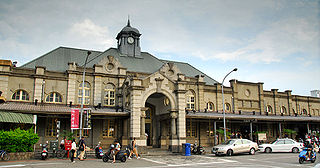
Taiwan Province is a de jure administrative division of the Republic of China (ROC). Provinces remain a titular division as a part of the Constitution of the Republic of China, but are no longer considered to have any administrative function practically.

Zheng Chenggong, Prince of Yanping, better known internationally as Koxinga, was a Southern Ming general who resisted the Qing conquest of China in the 17th century, fighting them on China's southeastern coast.

The Republic of Formosa was a short-lived republic that existed on the island of Taiwan in 1895 between the formal cession of Taiwan by the Qing dynasty of China to the Empire of Japan in the Treaty of Shimonoseki and its being taken over by Japanese troops. The Republic lasted 151 days; it was proclaimed on 23 May 1895 and extinguished on 21 October, when the Republican capital Tainan was taken over by the Japanese. Though sometimes claimed as the first East Asian republic to have been proclaimed, it was predated by the Lanfang Republic in Borneo, established in 1777, as well as by the Republic of Ezo in Japan, established in 1869.

Fort Zeelandia was a fortress built over ten years from 1624 to 1634 by the Dutch East India Company (VOC), in the town of Anping on Formosa, the former name of central island of Taiwan, during their 38-year rule over the western part of the island. The site had been renamed several times as Fort Orange, Fort Anping, and Taiwan City ; the current name of the site in Chinese is Chinese: 安平古堡; Pe̍h-ōe-jī: An-pêng Kó͘-pó; lit. 'Anping Old Fort'.
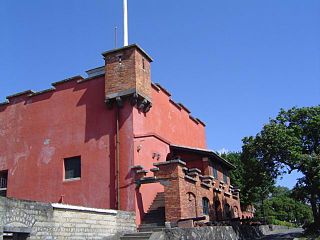
Fort Santo Domingo is a historical fortress in Tamsui District, New Taipei City, Taiwan. It was originally a wooden fort built in 1628 by the Manila-based Spanish East Indies of the Spanish Empire, who named it in Spanish: el Fuerte de Santo Domingo, lit. 'the Fort of Saint Dominic'. However, after refurbishing it in stone, the initial fort was repeatedly ordered to be dismantled and withdrawn from around 1637 by Spanish Governor-General Sebastián Hurtado de Corcuera for economic downsizing and retrenchment, which their rival Dutch East India Company (VOC) of the Dutch Empire soon found out and later invaded in 1641 and won by the Second Battle of San Salvador in 1642. After the battle, the Dutch rebuilt a fort in the original site in 1644 and renamed it in Dutch: Fort Antonio, after Antonio van Diemen, the then Governor-General of the Dutch East India Company (VOC). Since the Dutch were called in Taiwanese Hokkien Chinese: 紅毛; Pe̍h-ōe-jī: Âng-mn̂g; lit. 'Red-haired (people)') by the Han Chinese immigrants during the time, the fort was then nicknamed in Taiwanese Hokkien Chinese: 紅毛城; Pe̍h-ōe-jī: Âng-mn̂g-siâⁿ; lit. 'Red-hair fort'.

Wanli District, known in Basay as Masu, is a rural district on the rocky seacoast in northeastern New Taipei City in northern Taiwan. Wanli is a popular tourist destination and the site of the Cape Yeliu Miocene Formation which features distinctive hoodoo outcrops. The "Queen's Head" outcrop is a Taiwanese icon and serves as an informal trademark for the township. Kataw in the adjacent Jinshan District features the Wanli Taiwanese hot springs area, which is connected with the Jinshan Hot Springs (金山溫泉).

Anping District is a district of Tainan, Taiwan. In March 2012, it was named one of the Top 10 Small Tourist Towns by the Tourism Bureau of Taiwan. It is home to 64,408 people according to the 2020 census.
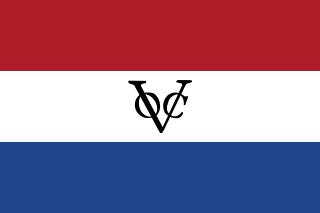
The island of Taiwan, also commonly known as Formosa, was partly under colonial rule by the Dutch Republic from 1624 to 1662 and from 1664 to 1668. In the context of the Age of Discovery, the Dutch East India Company established its presence on Formosa to trade with the Ming Empire in neighbouring China and Tokugawa shogunate in Japan, and to interdict Portuguese and Spanish trade and colonial activities in East Asia.

Lu Ping, born in Kaohsiung in 1953, is a Taiwanese writer who writes under the pen name “Ping Lu”. Her writing encompasses a broad range of genres, including novels, essays, poems, commentary, and theater plays. She is also known in the Chinese-language world for her critique of social phenomenon, ranging from cultural development to gender issues and human rights. Over the past two decades, Ms. Lu has successfully established herself as a prominent novelist, columnist, and commentator in Taiwan.
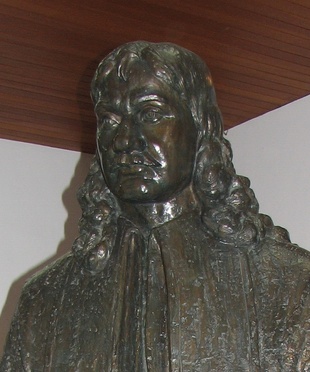
Frederick Coyett, born in Stockholm c. 1615 or 1620, buried in Amsterdam on 17 October 1687, was a Swedish nobleman and the last colonial governor for the Dutch colony of Formosa. He was the first Swede to travel to Japan and China and became the last governor of Dutch-occupied Taiwan (1656–1662).

Taiwan Tobacco and Liquor Corporation, is a state-owned manufacturer and distributor of cigarettes and alcohol, and also formerly a state-sanctioned alcohol beverage brewing and retailing monopoly, in Taiwan. Its most famous product is Taiwan Beer. Other products include wine, Japanese-style liqueurs, Chinese herb liqueurs, and various distilled spirits.

The siege of Fort Zeelandia of 1661–1662 ended the Dutch East India Company's rule over Taiwan and began the Kingdom of Tungning's rule over the island.

Antonius Hambroek was a Dutch missionary to Formosa from 1648 to 1661, during the Dutch colonial era. Prior to working in Formosa, Hambroek was a minister in Schipluiden between 1632 and 1647.

Tamsui District is a seaside district in New Taipei City, Taiwan adjacent to the Tamsui River and overlooking the Taiwan Strait. The name of the district means "fresh water" in Chinese. Although modest in size, Tamsui plays a significant role in Taiwanese history and culture.
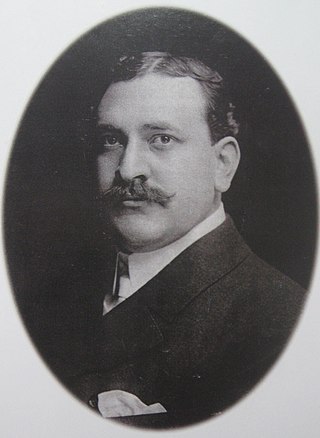
James Wheeler Davidson was an American-born Canadian businessman, diplomat, explorer, journalist, and philanthropist. He is remembered for writing The Island of Formosa, Past and Present (1903), a book on the history of Taiwan. He is also noted for greatly aiding the internationalisation of Rotary International.
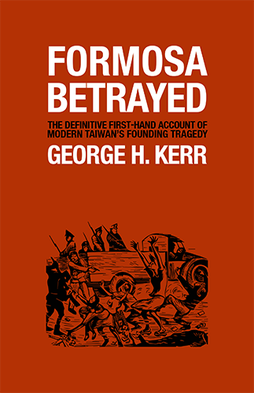
Formosa Betrayed is a 1965 book written by George H. Kerr, a US diplomatic officer in Taiwan, who witnessed the February 28 Incident, and the corruption and killings committed by the Kuomintang in Taiwan after World War II. It is one of the most influential books about Taiwan's transition from Japanese colonial rule. Kerr was working for the American Foreign Service at the time of the transition, and was present in Taiwan during the KMT occupation and resulting aftermath. Formosa Betrayed sharply rebuked the Nationalist administration and made arguments in favor of Taiwanese independence.

Taiwan Prefecture or Taiwanfu was a prefecture of Taiwan during the Qing dynasty. The prefecture was established by the Qing government in 1684, after the island came under Qing dynasty rule in 1683 following its conquest of the Kingdom of Tungning. The Taiwan Prefecture Gazetteer documented it as part of Fujian Province. The Gazetteer was completed by Gao Gonggan in 1695, the 34th year of the reign of the Kangxi Emperor. With the development and population growth of Taiwan during the Qing Era, the scope of Taiwan Prefecture was also varied over time. Following the establishment of Fujian-Taiwan Province in 1887, the prefecture correspondingly became a subdivision under the newly founded province.
Taipeh Prefecture was a Qing dynasty prefecture created from the northern part of Taiwan Prefecture, Qing-era Taiwan in 1875, while the island was still part of Fujian Province. It consisted of a region surrounding modern-day Taipei, including present-day Hsinchu, Hsinchu County, Taoyuan City, New Taipei City, Taipei, Keelung, and Yilan County. The reorganization started after Imperial Commissioner Shen Baozhen demanded that another prefecture be added in Taiwan to revamp the administrative organization of the northern area of the island. The walls of the prefecture capital were completed in 1884.

Camphor Press is a British-Taiwanese independent publisher primarily focusing on books about East Asia. The company started as a digital-only publisher focused on providing a platform for English-language writing about Taiwan, before moving into print books in 2015. In 2017 Camphor Press acquired the backlist of US press EastBridge, reissuing those books under the Eastbridge Books imprint. Camphor Press has also acquired the rights to a number of out-of-print titles about Taiwan and the wider region.
Huang Fu-san is a Taiwanese historian.


















